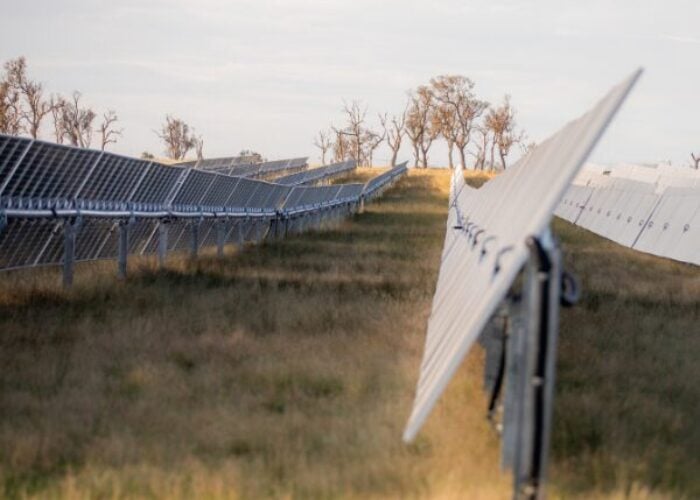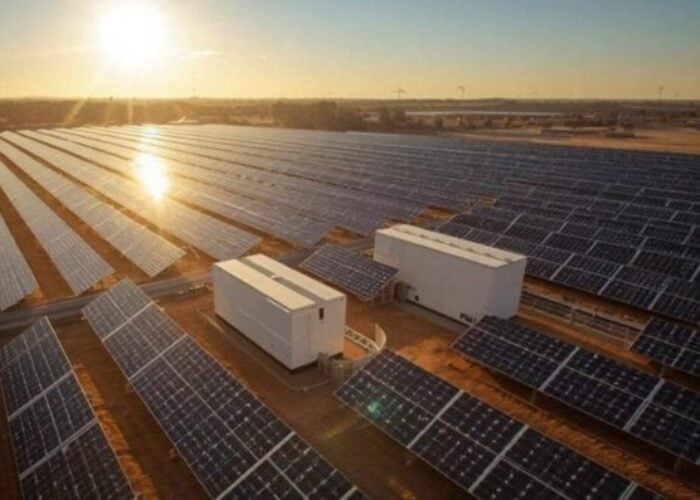Minnesota made significant strides in strengthening its solar crediting policies last week, as the state’s Public Utilities Commission (PUC) approved the nation’s first statewide methodology for calculating the value of consumer-generated solar energy.
On 12 March, the Minnesota PUC voted 3-2 in favour of adopting this new formula for determining the value of solar power. Public utilities will soon have the voluntary option of using this new “value of solar” rate instead of the retail electricity rate when it comes to crediting customers for unused electricity that they generate from their own solar panels. This new formula is expected to be finalised by the commission before April 1.
Try Premium for just $1
- Full premium access for the first month at only $1
- Converts to an annual rate after 30 days unless cancelled
- Cancel anytime during the trial period
Premium Benefits
- Expert industry analysis and interviews
- Digital access to PV Tech Power journal
- Exclusive event discounts
Or get the full Premium subscription right away
Or continue reading this article for free
Lynn Hinkle, director of policy development for the Minnesota Solar Energy Industries Association, told PV Tech that he expects this new methodology and rate will have a big impact on Minnesota’s expanding solar market.
“We think it’s a shift in the way that solar is discussed,” Hinkle said. “There’s been an enormous amount of attention over the last few years to the cost of solar. In those discussions, we’ve consistently suggested that there were a number of really important benefits that could be quantified and we’ve actually formed a rate and come up with a set of formulas and a number of components that helps to quantify the value of solar as an energy generator to the utilities.”
Hinkle continued: “This is not an incentive; this is actually a rate, so we expect that that would have a very strong impact on the development of solar. At the very least, it will help to reduce the boom-bust cycle that comes with incentives.”
The formula for calculating this “value for solar” tariff will be the same for any utility that wants to present one, but the end rate will differ depending on circumstances specific to each utility’s load and generation mix.
Hinkle said that while nothing has been set in stone, positive results from the implementation of this new rate could set the stage for other states to expand power utilities’ options for crediting consumer-generated excess energy.
“I think a number of states have expressed an enormous interest in what we’re doing,” Hinkle said. “At the same time, I believe that they want to see what impact it has in Minnesota before initiating their own methodological research.”
The approval of this “value” tariff would appear to be the final word on a debate that has raged on for years between utility companies and solar advocates.
Utility companies argue that consumers that generate their own electricity and utilise net metering have created an unfair subsidy for themselves, as they are able to lower their electricity bills by not having to pay a charge to feed their power back into the grid.
On the other side, solar advocates say that the retail rate underestimates the value of solar panels to both the grid and the population in general.
While he expects the approval of the “value” rate to change the way we approach crediting solar energy, Hinkle believes that the debate between utilities and solar advocates will not be settled the PUC’s announcement.
“I don’t think it will really put an end to it,” Hinkle said. “I think that debate will go on for awhile, but we think [the tariff] is going to significantly shift that discussion. It really began to balance the cost benefit, because we’re actually using a methodology where we use formulas to quantify the value to the utilities and to ratepayers.”





